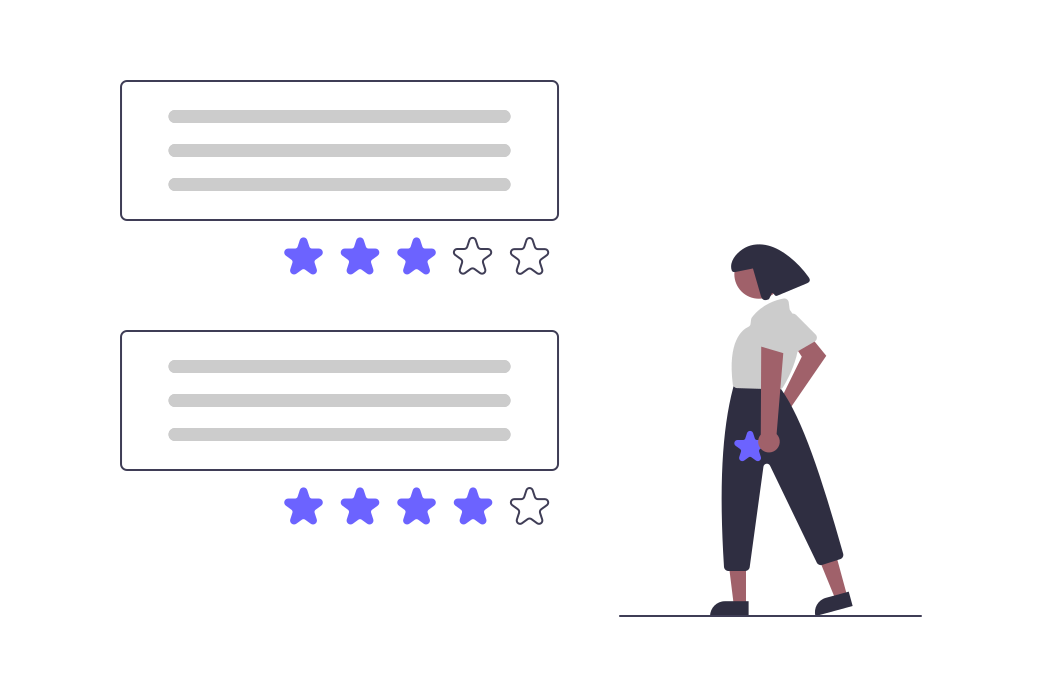In the competitive world of account-based marketing (ABM), precision and personalization are key to capturing and retaining high-value accounts. One of the most effective ways to achieve this level of precision is through behavioral segmentation. This method involves analyzing and categorizing potential and existing clients based on their behaviors, such as website interactions, content engagement, and purchasing patterns. By leveraging behavioral segmentation, businesses can create more targeted and personalized marketing strategies, ultimately driving greater success in their ABM efforts.
Understanding Behavioral Segmentation
Behavioral segmentation is the process of dividing your audience into distinct groups based on their actions and behaviors rather than demographic or firmographic attributes. These behaviors can include:
- Website Visits: Frequency, duration, and specific pages visited.
- Content Engagement: Types of content consumed, time spent on content, and actions taken post-engagement.
- Purchase History: Past purchases, purchase frequency, and average order value.
- Email Interactions: Open rates, click-through rates, and conversion rates from email campaigns.
- Social Media Engagement: Likes, shares, comments, and other interactions on social media platforms.
By understanding these behaviors, marketers can gain deeper insights into what drives their audience and tailor their ABM strategies accordingly.
The Benefits of Behavioral Segmentation in ABM
-
Enhanced Personalization: Behavioral segmentation allows for a more personalized approach to marketing. By understanding the specific behaviors and preferences of your target accounts, you can create tailored messages and offers that resonate more effectively.
-
Improved Targeting: With behavioral data, you can identify which accounts are most likely to convert and focus your efforts on these high-value targets. This ensures that your marketing resources are used efficiently, maximizing ROI.
-
Increased Engagement: Personalized and targeted campaigns are more likely to capture the attention of your audience. Behavioral segmentation helps you deliver the right content at the right time, increasing the likelihood of engagement and conversion.
-
Better Customer Insights: Analyzing behavioral data provides valuable insights into your customers’ needs and preferences. This information can be used to refine your overall marketing strategy and improve product development.
-
Optimized Sales Strategies: By understanding the behaviors that indicate a readiness to purchase, sales teams can prioritize leads more effectively and tailor their outreach to match the specific needs of each account.
Implementing Behavioral Segmentation in Your ABM Strategy
To successfully integrate behavioral segmentation into your ABM strategy, follow these steps:
-
Collect and Analyze Data: Begin by gathering data on your audience’s behaviors across various channels, including your website, email campaigns, social media, and CRM systems. Use analytics tools to track and analyze this data, identifying key patterns and trends.
-
Define Segments: Based on your analysis, create distinct segments that group accounts with similar behaviors. For example, you might have segments for frequent website visitors, high-value customers, or accounts that engage heavily with your content.
-
Develop Targeted Campaigns: Use the insights gained from your segmentation to develop personalized marketing campaigns for each segment. Tailor your messaging, content, and offers to match the specific behaviors and preferences of each group.
-
Automate and Optimize: Leverage marketing automation tools to deliver your campaigns at scale. Use A/B testing and performance analytics to continuously refine and optimize your strategies, ensuring maximum effectiveness.
-
Align Sales and Marketing: Ensure that your sales and marketing teams are aligned in their approach to behavioral segmentation. Share insights and collaborate on strategies to ensure a seamless experience for your target accounts.
Real-World Examples of Behavioral Segmentation in ABM
Many successful companies have harnessed the power of behavioral segmentation to drive their ABM strategies. Here are a few examples:
-
HubSpot: HubSpot uses behavioral segmentation to identify leads that are most likely to convert. By analyzing website interactions and content engagement, they can prioritize high-value leads and tailor their outreach accordingly.
-
Marketo: Marketo segments its audience based on behaviors such as email interactions and web activity. This allows them to create personalized campaigns that drive higher engagement and conversions.
-
Salesforce: Salesforce leverages behavioral data to understand the needs and preferences of its accounts. This information is used to develop targeted marketing strategies that resonate with each segment, driving greater success in their ABM efforts.
Challenges and Considerations
While behavioral segmentation offers many benefits, it’s important to be aware of the potential challenges:
-
Data Quality: The success of behavioral segmentation relies heavily on the quality and accuracy of your data. Ensure that you have robust data collection and management processes in place.
-
Privacy Concerns: Be mindful of privacy regulations and ensure that you handle customer data responsibly. Obtain necessary consents and be transparent about how you use behavioral data.
-
Integration: Integrating behavioral segmentation with your existing marketing systems can be complex. Invest in the right tools and technologies to streamline this process and ensure seamless implementation.
Conclusion
Behavioral segmentation is a powerful tool that can significantly enhance your account-based marketing strategy. By understanding and leveraging the behaviors of your target accounts, you can create more personalized and effective marketing campaigns, driving higher engagement and conversion rates. As you implement behavioral segmentation in your ABM efforts, remember to continuously analyze and refine your strategies, ensuring that you stay ahead of the competition and achieve sustained success.


